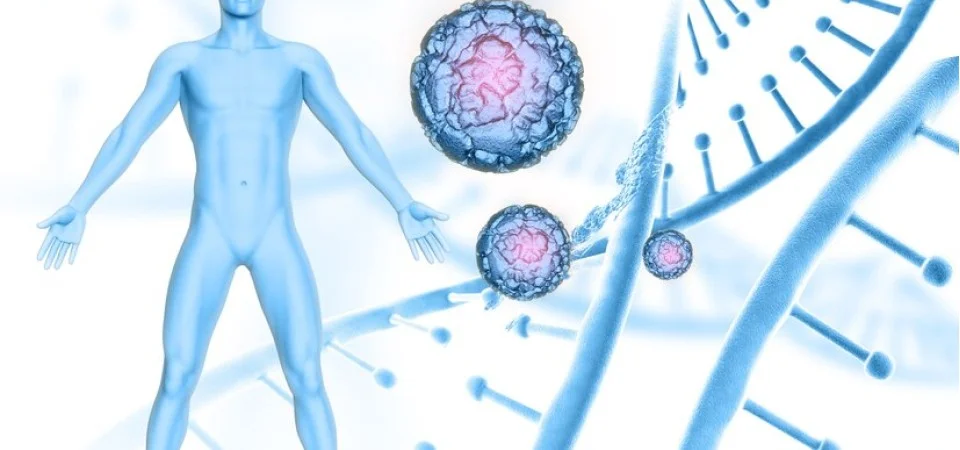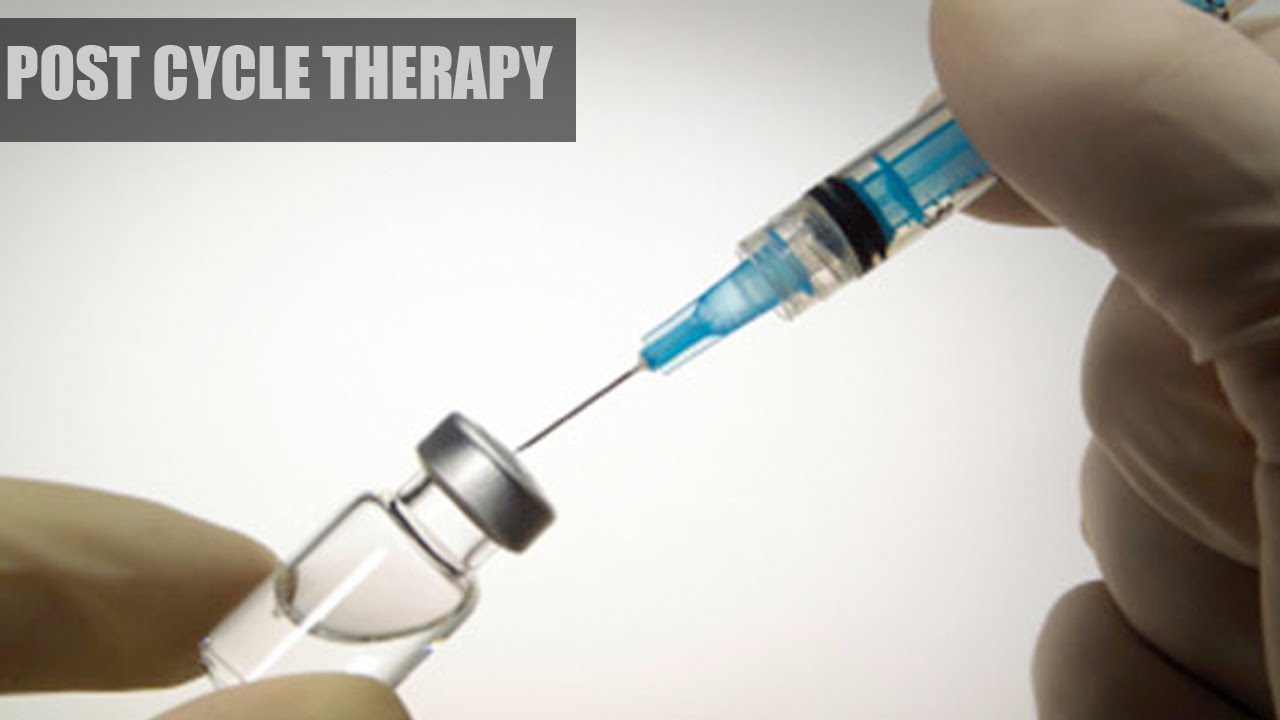Ostarine PCT: Everything You Need to Know

How important is Ostarine PCT? Ostarine, known scientifically as MK-2866, is a relatively gentle SARM favored by newcomers for its efficacy in increasing lean muscles and aiding in fat loss.
Bodybuilders often engage in post-cycle therapy following the use of SARMs or anabolic steroids to restore natural testosterone levels that may have dipped during their cycle. These therapies aim to enhance testicular size, mood, energy, muscle retention, and sexual drive.
While Ostarine is generally well-received by both genders, leading some to believe post-cycle therapy (PCT) may not be essential, it is common to observe a decline in the body’s natural testosterone during a cycle with any SARM, including Ostarine. Hence, it’s prudent for users to be prepared with an effective PCT plan.

The Impact of Ostarine on Natural Testosterone
Individual responses to SARMs, including Ostarine, can vary; even though it’s known for being mild, some might still experience moderate unwanted effects.
Significant reductions in natural testosterone could trigger a catabolic state post-cycle, where muscle wasting occurs, along with declining mood, energy, and sex drive.
Note: Those who are new to SARMs, pro-hormones, or anabolic steroids might find their natural testosterone levels more greatly affected by Ostarine than those with previous PED use.

Diverse reactions to Ostarine warrant pre-cycle, mid-cycle, and post-cycle blood work to determine whether PCT is required, based on the extent of testosterone level fluctuations.
Notably, modest declines in natural testosterone due to Ostarine use generally normalize within several weeks post-cycle without the need for PCT.
How Suppressing is Ostarine?
There have been individual reports illustrating the suppressive nature of Ostarine on testosterone levels, such as a user dropping from 911 ng/dL before the cycle to 113 ng/dL after (1), well below the hypogonadism threshold of 300 ng/dL. These results were after a standard 10-week cycle of 20 mg/day of Ostarine.

Men have also reported reductions from 600 ng/dL to 200 ng/dL (2) after 2 months at 20–30 mg/day, and from 665.70 ng/dL to 207.49 ng/dL over just 32 days on a lower 5 mg/day dose (3).
A young adult experienced a quick drop to 137 ng/dL after 18 days on a daily dose of 10 mg (4).
Overall, while Ostarine is not deemed highly suppressive, anecdotal accounts point to a significant number of users facing substantial testosterone suppression (60–70%) even with moderate dosing, from reputable SARM providers.
Protocol for Ostarine PCT (Post cycle therapy)

Moderate testosterone suppression (30–50%) during a cycle can be countered with the PCT protocol below to hasten recovery of the HPTA system.
Moderate PCT
- Weeks 1–4: Nolvadex at 20 mg daily
It is advised to initiate Nolvadex immediately after the cycle ends, aiming for testosterone level normalization within a month.
Acting as a SERM (selective estrogen receptor modulator), Nolvadex blocks estrogen effects, leading to higher production of LH from the pituitary gland. This, in turn, stimulates natural testosterone production.
Note: For more severe cases (60–70% testosterone drop), a higher Nolvadex dose of 40 mg per day over 4 weeks may be used, although this approach is typically unnecessary for most Ostarine users. If there’s no improvement after 2 weeks on 20 mg/day, then the higher dose may prove beneficial.
For those who’ve stacked Ostarine with other suppressive SARMs, adding Clomid (clomiphene) and hCG to their PCT regimen could bring additional benefits.
Clomid activates GnRH (gonadotropin-releasing hormone), which elevates LH levels and stimulates natural testosterone production.

hCG (human chorionic gonadotropin) mimics the action of LH, promoting testosterone production, spermatogenesis, and testicular growth (5).
Aggressive PCT
- Nolvadex: 40mg per day (20mg taken twice daily, for 45 days consecutively)
- Clomid: 100 mg per day (50mg taken twice daily, for 30 days consecutively)
- HCG: 2000 IU (administered every other day for a total of 20 days)
Note: The above aggressive PCT regimen is considered optimal for individuals experiencing severe suppression (>70% decrease in testosterone) and who suffer from side effects like depression, fatigue, and a loss of sexual desire.The PCT regimen referenced was formulated by hormone therapy expert Dr. Grant Fourie and administered to 19 men with hypogonadism in a clinical study. Dr. Grant effectively reinstated regular testosterone levels in all participants within 45 days using this combination of medicines.
This same medication trio has been deployed in our patients to help rejuvenate their endogenous production of androgens after undergoing intense cycles of steroids.
Maintaining Natural Testosterone Levels During Ostarine Use
To mitigate the reduction of natural testosterone production, some bodybuilders may incorporate natural testosterone enhancers while on an Ostarine regimen.
Consequently, by the end of the Ostarine cycle, there is a higher probability that their testosterone levels will remain within a normal scope.

It’s advisable for users to utilize natural testosterone boosters, selecting from ingredients such as d-aspartic acid, ashwagandha, ginseng, zinc, and fenugreek.
Nonetheless, for those with a genetic predisposition to lower testosterone when using Ostarine, natural testosterone boosters may not stave off significant testosterone drops. Still, they are recognized as a cautionary measure with no or minimal risks to diminish the severity of testosterone loss.
Handling Low Testosterone Occurrences
Low testosterone might not pose a problem for those using Ostarine. There have been reports from users who, despite feeling normal after their cycle, are diagnosed with hypogonadism through blood tests.
These individuals maintain a healthy libido, demonstrate considerable strength during workouts, and exhibit a positive overall energy and mood.

Such instances may reflect low total testosterone yet normal free testosterone levels.
Free testosterone is the bioavailable form of the hormone used by the body in muscle synthesis, and if levels are adequate, there may be no need for PCT.
In Summary
Our expertise, in conjunction with various personal accounts, points to Ostarine having a more profound effect on testosterone suppression than initially believed, with a reduction around 60–70% in total testosterone levels being fairly common.
Without the use of a testosterone enhancer during the cycle to counteract serum testosterone decline, interventions such as Nolvadex, Clomid, and hCG can help hasten HPTA regeneration.

However, such treatments should be contemplated only when suppression is significant (below 300 ng/dL), as SERMs themselves carry the risk of side effects like transient headaches, hot flashes, fatigue, and dizziness.
Ultimately, it’s up to the user to gauge the necessity of a PCT based on their own well-being. If they have low testosterone levels yet feel fine, PCT might be unnecessary, particularly since Ostarine users quite often maintain their gains and observe testosterone levels returning to normal within weeks, even without PCT. However, should a user experience a considerable drop in testosterone and feel unwell, PCT should be given due consideration.
REFERENECES
(1) https://www.reddit.com/r/sarmssourcetalk/comments/otyp3i/ostarine_bloodwork_after_9_weeks_of_20_mg/
(2) https://www.reddit.com/r/sarmssourcetalk/comments/bxd94t/1_month_ostarine_cycle_testosterone_levels/
(3) https://www.reddit.com/r/PEDs/comments/46jv34/preliminary_test_results_after_4_weeks_ostarine/
(4) https://www.reddit.com/r/PEDs/comments/46jv34/preliminary_test_results_after_4_weeks_ost
(5) https://www.ncbi.nlm.nih.gov/pmc/articles/PMC4722247/
(6) https://www.sciencedirect.com/science/article/pii/S0015028216431602
